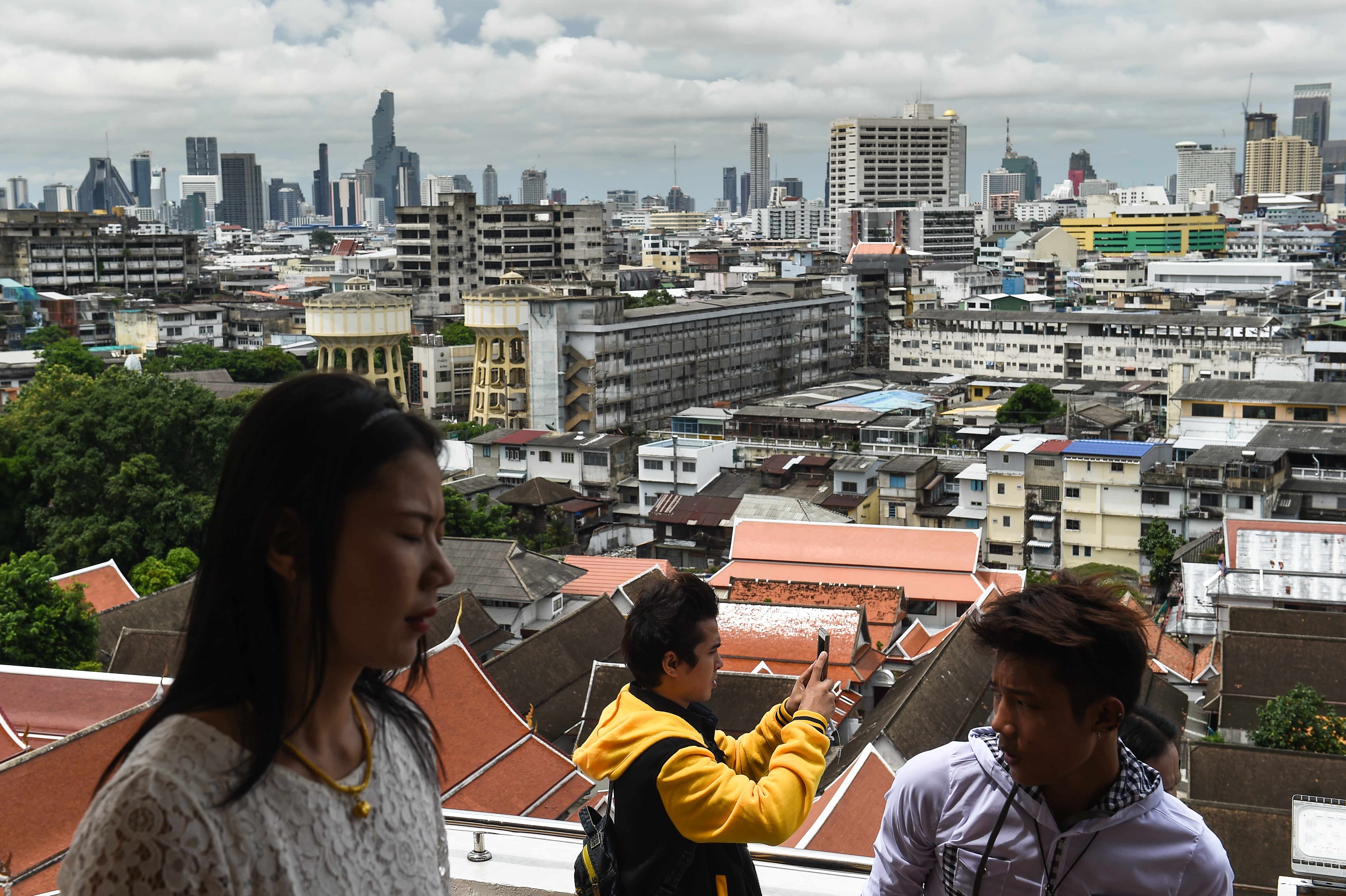Thailand’s travel and tourism industry grew by 11% in 2016, confirming the country’s strength in a sector that accounts for almost one-fifth of national GDP.
With an average growth rate of 6.5%, Thailand will be the world’s 10th fastest growing country for the industry over the next decade, according to the World Travel & Tourism Council (WTTC), which released its data at a Global Summit held in Bangkok last April.
Thailand is expected to finish the first quarter of 2017 right on target with tourism revenue of 734billion baht (US$20.9 billion), up by 9% over the same period of 2016.
The growth momentum is forecasted to continue into the remaining first half of the year with a 11% year-on-year increase on revenue to 630 billion baht (US$18 billion).
However, the full picture is not as rosy as it seems. The country is struggling to cope with a massive surge in tourist arrivals, especially from China, with annual visits set to hit 60 million by 2030 against 16 million recorded in 2010.
In a recent interview with the Financial Times, Pongpanu Svetarundra, Permanent Secretary to the tourism ministry, admitted authorities are increasingly concerned with the huge impact of annual tourist arrivals.
Overall overnight arrivals to Asia Pacific cities in 2016 stood at 339.2 million, led by Bangkok which attracted 19.3 million visitors, according to Mastercard’s Asia Pacific Destinations Index.
Visitor exports are estimated to grow by 10.3% in 2017, and by 7.3% per year to 4.2tn baht (US$119.5bn) in 2027, accounting for 29.7% of total exports.
These growth figures are far above the global average of 4.3%. Yuthasak Supasorn, Governor of the Tourism Authority of Thailand (TAT) said: “2016 was another record year for Thailand’s tourism industry, and we hope to maintain this momentum and attract even more visitors over the next few months.”
In the first quarter of 2017 alone, Thailand is expected to earn some 733 billion baht (US$207 million) revenue, with an 8% year-on-year increase. Tourism revenue for the entire 2017 is forecasted at 2.77 trillion baht (US$78.25 billion).
Despite such economic gains, however, the government is under strain to provide a solution, both in terms of infrastructure development and security.
Geared toward reaching such goal, the Thai junta has already planned a number of interventions to address the situation, including a plan in action to upgrade Suvarnabhumi Airport, which is currently in its expansion phase two to increase its capacity from 45 million to 60 million passengers per year.
Phuket International Airport which serves as the gateway to the Andaman, is also expected to expand its capacity from 6.5 million to 12.5 million passengers per year. Moreover, there are planned investments to improve ports, roads and railways infrastructures.
“Both the business sector and the tourists have confidence in Thailand as a safe destination with amazing attractions and great infrastructure,” Supasorn said.
Nevertheless, the inflow of tourists which has flooded Bangkok’s streets in recent years has raised other issues, which resulted for example in a recent crackdown by the capital administration authorities on the city’s famous street food.
To make up for the criticism triggered by such decision, the city’s authorities and the TAT have decided to host Bangkok Street Food Festival in June, in a move aimed at boosting exposure of local cuisine to an international audience.
Moreover, TAT has also signed a partnership with Michelin Travel Partner to publish a Bangkok version of the prestigious Michelin Guide.
“Bangkok is one of the world’s culinary capitals and the kingdom’s food has a long, rich heritage which enhances the pleasure of tourists travelling,” said Lionel Dantiacq, president East Asia of the Michelin Group.
As a result of further Asean integration, Thailand will also certainly see a continued increase in visitors at a regional level, which, although is good for the country’s economy, also implies having the right strategies in place to ensure infrastructure can cope with more visitors and ensure that the impact of tourism on communities, environments and heritage is managed sustainably.
In this respect, Thailand has joined forces with its neighbours, putting in place a common plan under the CLMVT Connectivity scheme with Cambodia, Laos, Myanmar and Vietnam, as well as a shared programme called AEC Seamless Discovery.
